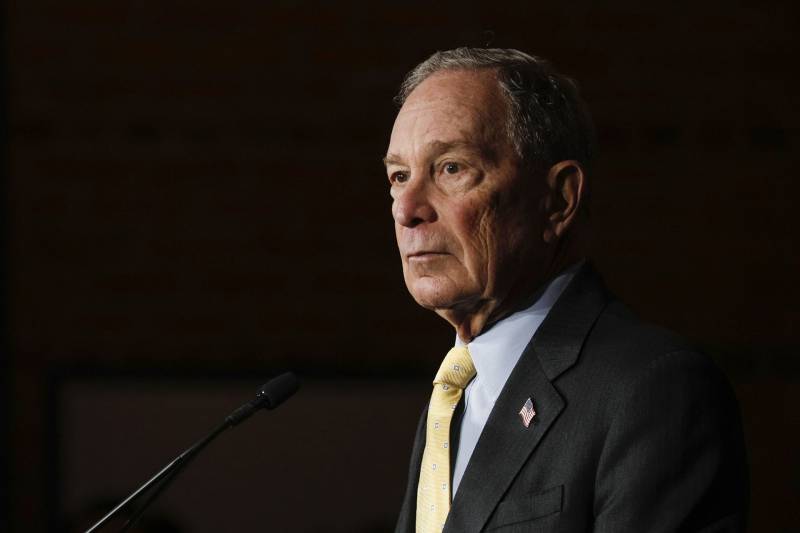Getting Specific
• Bloomberg has said he supports the climate portions of the Green New Deal, but he stresses that climate activists should focus on what’s doable. “Mother Nature does not wait on our political calendar, and neither can we,” he wrote in March 2019. (At the time, he was promising not to run for president and to instead devote his efforts to a drive for clean energy.)
• Like the other Democratic candidates, he has embraced goals in line with the science: 100 percent clean energy by 2050, with interim goals of cutting emissions 50 percent by 2030 and ensuring 80 percent clean electricity by the end of his second term in office.
• Bloomberg joined the race in November 2019, long after most other candidates. The first part of his climate plan focuses on cleaner electricity. He said he would work to shut down all 251 remaining U.S. coal plants, and work with community leaders and local officials to ensure that community transition plans are in place. A criticism of his Beyond Coal campaign with Sierra Club is that it didn’t pay enough attention to the impact on coal-dependent communities. Now, he says, he would “prioritize the frontline communities that have suffered most from coal pollution or have been left behind in the transition to clean energy.”
• Bloomberg has also been criticized because many of the coal plants shut down in the Beyond Coal drive were converted to natural gas instead of being replaced by zero-emissions renewable energy. He now promises to curtail the drive for new natural gas plants if elected. But Greenpeace has graded Bloomberg’s climate platform a C+ because of his lack of a detailed plan for phasing out oil, gas and coal production.
• In the past, Bloomberg endorsed the idea of a carbon tax to help spur the transition to cleaner energy. But so far, pricing carbon has not been a part of his climate plan — instead he focuses on ending subsidies for fossil fuels and putting a moratorium on all new fossil fuel leases on federal lands.
• Bloomberg has promised to “embed environmental justice into how the government conducts its work.” He said the federal government should focus on rulemaking, enforcement and investments on communities disproportionately impacted by the production and use of coal and gas.
• So far, Bloomberg has only talked about a relatively modest federal spending increase to achieve his climate goals — increasing federal research and development into clean energy to $25 billion a year, quadrupling current spending. In contrast, Bernie Sanders is talking about a $16.3 trillion mobilization and Biden, $1.7 trillion in new federal spending over the next 10 years. Bloomberg has promised more details on the financing of his climate plan in the future.
ICN’s Take
On climate change, Bloomberg has experience unmatched in the presidential field — in international diplomacy through the U.N. and the Financial Stability Board; in philanthropy through the Sierra Club and the state and local coalitions he helped to build; and in managing New York City through crisis and recovery. Many credit him with laying the groundwork for state approval in early 2019 of a plan to cut New York City traffic through congestion pricing — an effort that makes him the only presidential candidate with vital experience as a government executive negotiating with a recalcitrant legislature over climate issues.
But to many ardent climate activists, the idea of backing a billionaire is out of step with the youth-led, economic-justice-focused agenda of the Green New Deal era. Bloomberg has made a nod to these voters, with his ubiquitous TV ads stressing that he’ll stand up to the coal lobby and raise taxes on the wealthy, while he clearly positions himself to capture more moderate voters. It’s not clear that his late entry into the race will give Bloomberg enough time to build the support he would need across the wide range of the Democratic coalition to win the party’s nomination.
Read Michael Bloomberg’s climate platform.
InsideClimate News is a nonprofit, independent news organization that covers climate, energy and the environment. Sign up for the ICN newsletter here.

